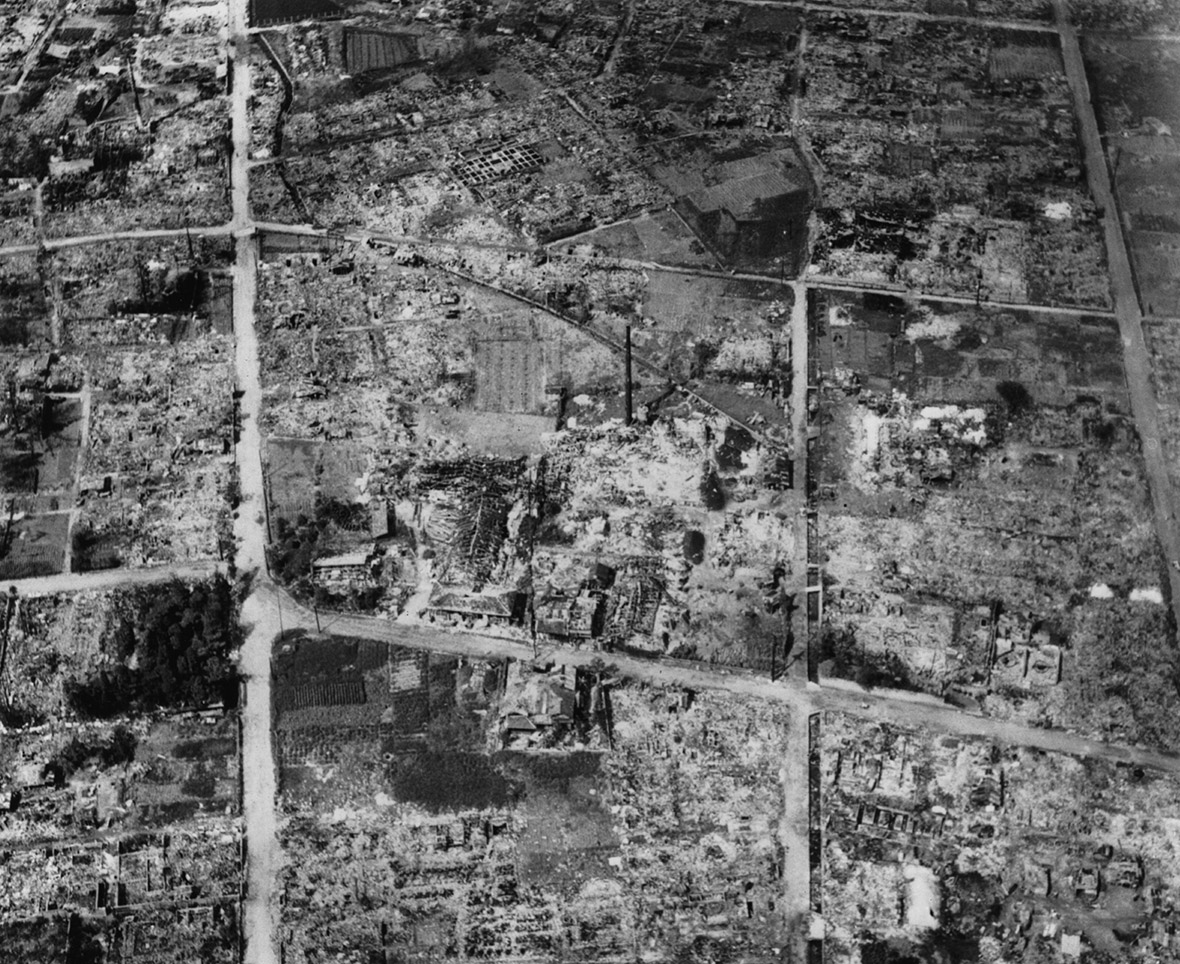

/cdn.vox-cdn.com/uploads/chorus_image/image/46933282/GettyImages-807123.0.0.jpg)
These are to date the only attacks with nuclear weapons in the history of warfare. Three days later, the United States dropped a second bomb on Nagasaki, marking the first time humanity broke atoms in anger. After six months of intense fire-bombing of 67 other Japanese cities, the nuclear weapon 'Little Boy' was dropped on the city of Hiroshima on Monday, August 6, 1945, followed on August 9 by the detonation of the 'Fat Man' nuclear bomb over Nagasaki. This program includes scenes of atomic bomb victims that some viewers may find disturbing.Īuthor and historian Greg Mitchell discussed a collection of films from the U.S. For information related to participation or dose reconstruction, call the Nuclear Test Personnel Review (NTPR). The atomic age began between heartbeats at 8:15 am on Augwhen the Japanese city of Hiroshima was leveled by an atomic bomb.
#ATOMIC BOMBINGS OF HIROSHIMA AND NAGASAKI AFTER EFFECTS MOVIE#
Soldiers, Hiroshima and Nagasaki, and The Greatest Movie Never Made. Greg Mitchell is the author of Atomic Cover-up: Two U.S. Another set of color films were shot by Japanese and American teams, then were classified as well. military and hidden from the public for decades. Some of the films were shot by Japanese newsreel teams, then confiscated by the U.S. 1: Effects of the atomic bomb in Hiroshima, viewed from the top of the Red Cross Hospital. In August 1956, the survivors of the 1945 atomic bombs in Hiroshima on 6 August and Nagasaki three days later, formed the Japan Confederation of A and H-Bomb Sufferers Organizations. National Archives documenting the aftermath of the atomic bombs of August, 1945. The long-term effects of radiation exposure also increased cancer rates in the survivors. T21:28:21-04:00 Author and historian Greg Mitchell discussed a collection of films from the U.S. The detonation of atomic bombs over Hiroshima and Nagasaki in August 1945 resulted in horrific casualties.


 0 kommentar(er)
0 kommentar(er)
